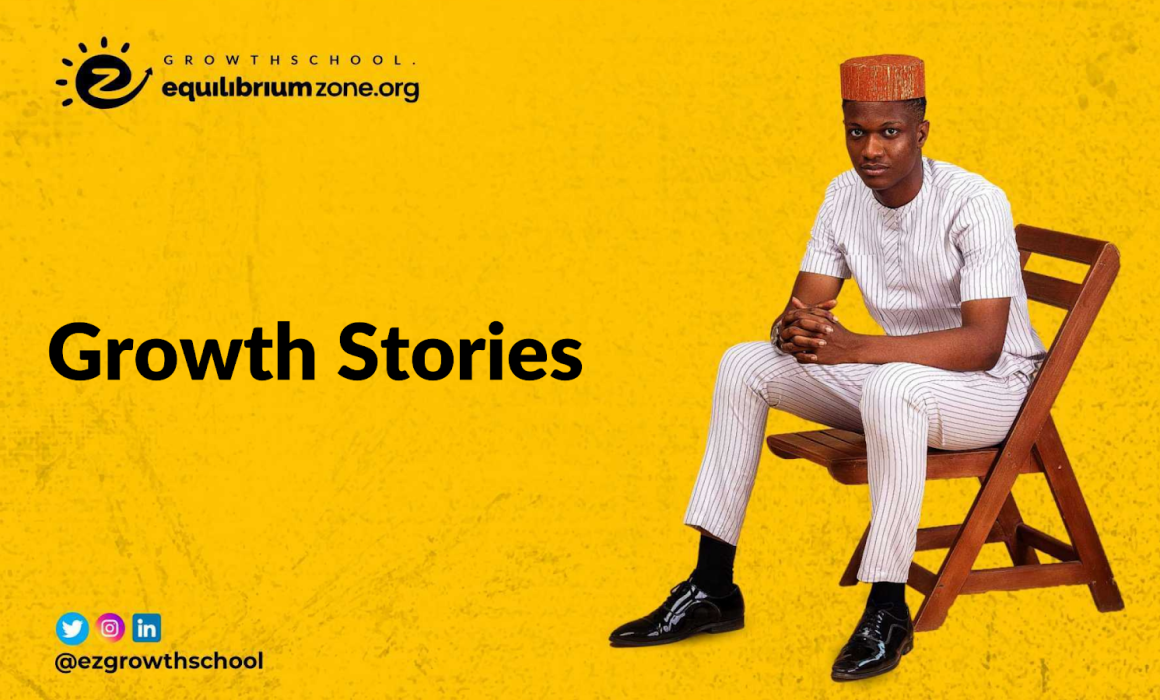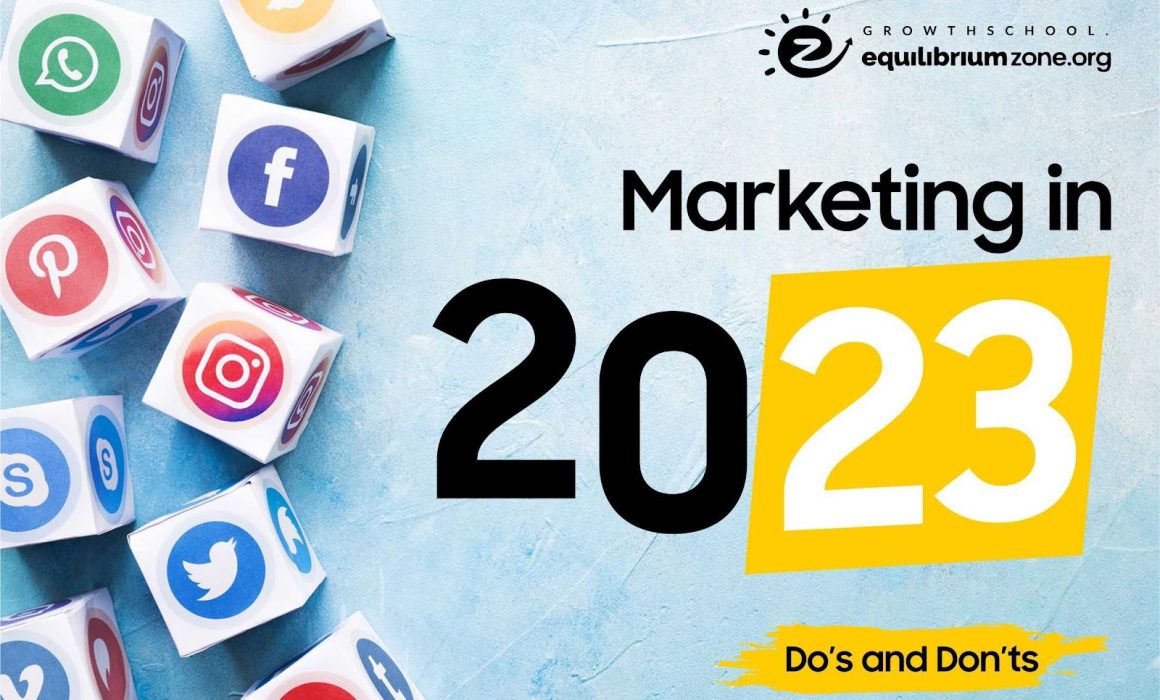You cannot be a successful marketer if you don’t have the ability to sniff out what people want.
And that is why the greatest marketers of all time always link it to the discipline of psychology – the study of human behaviour.
From the wants and needs to why the human wants or needs certain things, to understanding why they want and need these things to finding out the reason behind these wants and needs as well as the limits they are willing to push for those wants and needs, psychology opens up a whole world to marketers.
This is why Tobenna Chukwuma got intrigued enough to pick up a marketing degree after a psychology one.
“Before delving into tech, I obtained a marketing degree from Covenant University [Ogun State, Nigeria],” Tobenna shares. “My background in psychology sparked my fascination with marketing. Following my graduation, I became a part of a community of writers and composed numerous stories and essays for individuals.
“During this writing journey, I was introduced to the concept of content marketing.”
Content marketing is just one of many branches of tech marketing. And as Tobenna continued to practice, he began to understand the psychology behind the kind of content that worked for marketing efforts.
His world opened to the idea that there’s more to what he was involved in.
Tobenna reminisces on why he chose to study and pursue a career in marketing and how psychology pushed him to that path. “I made the decision to pursue a career in marketing during my third year of university when I discovered the connection between marketing and psychology.
“Enrolling in a psychology course was a real eye-opener for me.”
ALSO READ: “Photography led me to Tech Marketing,” Says Oreoluwa Ogunmola
But content marketing felt limiting to him. “After a while, I grew tired of the lack of challenge and wanted to take on more responsibility, and gain more knowledge and experience. So, I made the decision to quit my job at the time and pursue further education in marketing.”
That was how he came to fully understand that marketing and technology could intersect, and that content marketing was only but a part of the broader tech marketing picture.
He speaks glowingly of how much fundamentals of psychology are applied in tech marketing, citing it as the chief reason he decided to understand more about tech marketing.
“Marketing in the tech industry can be an intriguing field, particularly for those who have a foundation in psychology,” Tobenna says. “With the advancements in technology, it has become more effortless to implement psychological principles into marketing strategies.
“For instance, comprehending how the brain interprets visual data can aid in crafting more compelling advertisements, while understanding how individuals make purchasing decisions can inform product design and pricing strategies.”
Tobenna is now at a point where he enjoys what he’s doing. He’s able to put his psychology training to full use and get “intellectually stimulated” by the everyday tasks he performs at his job.
Getting to this point, however, was not a walk in the park for him despite all his prior training in marketing and psychology.
“Staying current with the evolving trends and developments in the tech marketing industry is crucial,” Tobenna says about his learning curve. “Balancing both creativity and technicality to create effective campaigns that capture the audience’s attention while still conveying the product’s technical features is quite challenging.
“[Learning about] various tools and techniques for data collection, analysis and interpretation, such as statistical analysis, data visualisation, and machine learning [to understand] the vast amount of data generated by technology [while cultivating] the skill set to analyse and extract insights from it to make informed decisions [is challenging].”
He then goes on to state that this is also what he enjoys the most about tech marketing.
Having reached a point where he is picking up skills easily and braving the challenges of constant updates to technology and the marketing strategies to deal with those technologies, Tobenna now feels like a fulfilled psychologist.
Growth Stories is a weekly series chronicling the journey of EZGrowthSchool alumni and rising stars in the tech marketing space.









